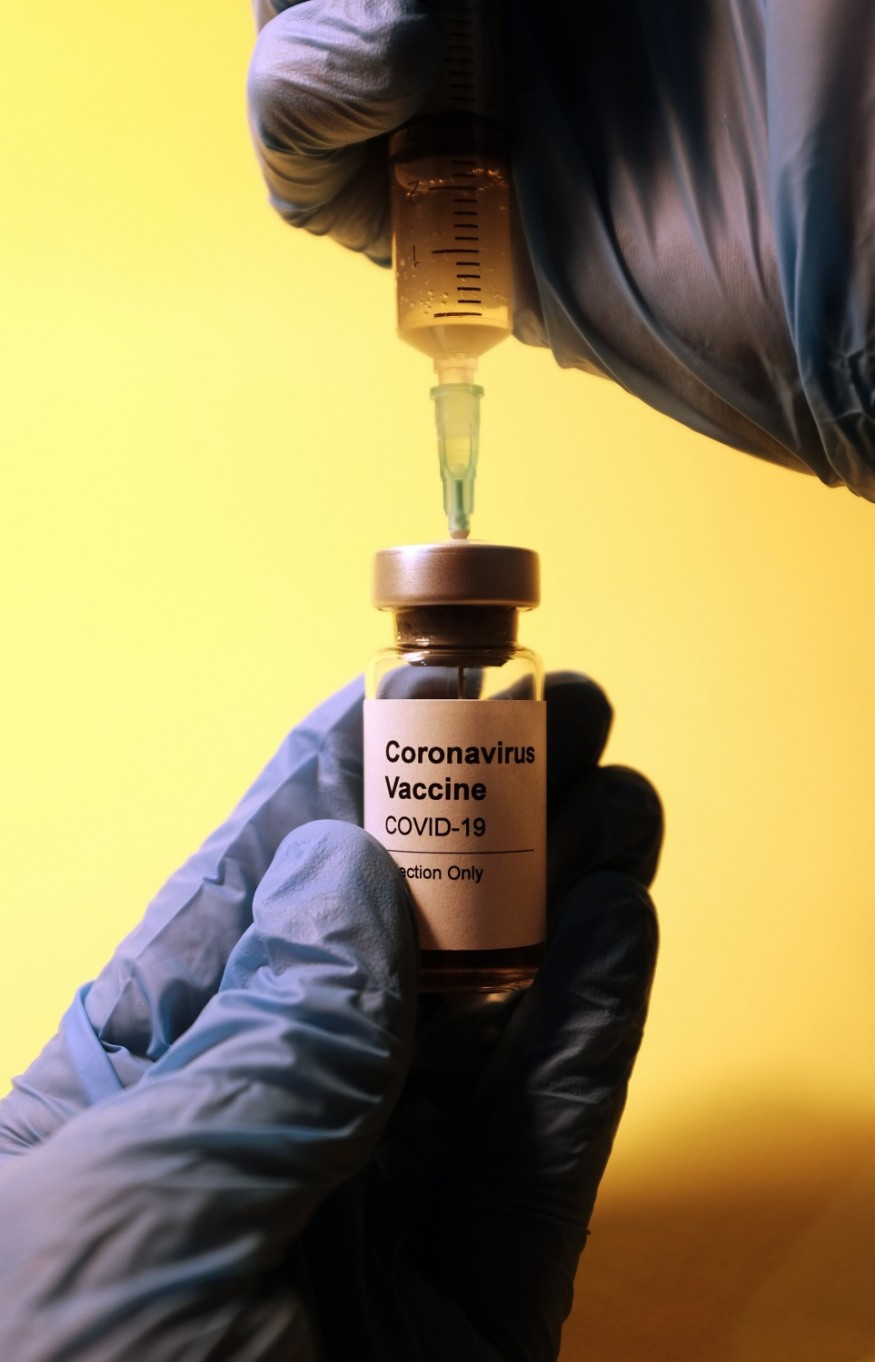Scientists were wondering why, despite the fact that neurons and blood-brain barrier cells lack the angiotensin-2 converting enzyme receptor, small amounts of SARS-CoV-2 were able to infect them. A new study published in Science Advances raised the possibility of the virus moving through nanotubes that extend from infected host cells.

SARS-CoV-2 in Neurons and Cells Pass Through Nanotubes
When cells are stressed, such as when they lack oxygen or are infected, tiny, hairlike structures called tunneling nanotubes (TNTs) emerge from the cell body and puncture nearby cell membranes. Cells can transport and receive RNA, nutrients, entire organelles, and viruses through actin-based nanotubes.
From earlier research, Chiara Zurzolo, a cell biologist at the Pasteur Institute, was aware that some viruses travel from cell to cell through nanotubes. And since SARS-CoV-2 was infecting such a wide variety of cell types, she thought that perhaps the coronavirus could also take advantage of TNTs.
"This virus is a beast. It infects everything. It spreads very fast throughout the brain, and we think this is a possible mechanism," Zurzolo said.
To test the hypothesis, the researchers cultured Vero E6 cells, which replicate the cells that coat human skin, organs, and blood vessels and produce angiotensin-2 converting enzyme (ACE2). Separately, the team created SH-SY5Y cells designed to resemble human brain cells but lack the ACE2 receptor.
As anticipated, the coronavirus swiftly infected epithelial cells but not the neurons. However, the researchers discovered viral proteins inside the neurons after just one day of co-culturing infected epithelial cells and neurons. The researchers also found that blocking the ACE2 receptor did not stop the virus from propagating from infected to uninfected epithelial cells.
The researchers observed viral proteins and RNA within TNTs that were bridging cells using a combination of fluorescence confocal microscopy and cryo-electron microscopy (cryo-EM), a technique that involves flash-freezing samples and bombarding them with electrons to capture 3D images of tiny molecules.
Double-membrane vesicles, which are like factories that produce viral RNA, were also present in the TNTs. The results were viewed by the researchers as compelling evidence that the TNTs were serving as vectors for viral spread, most likely enabling the virus to cross the blood-brain barrier and enter the brain.
ALSO READ : Coronavirus May Not Be a Respiratory Disease After All and that Could Change Everything, a Study Claims
Researchers' Comments on SARS-CoV-2 Using Nanotubes Thesis
Viabhav Tiwari, a virologist at Midwestern University who was not a part of the research team, said that the study was pretty exciting.
Yet, he pointed out that although the study suggested a potential route for neuronal infection, the researchers failed to prove that ACE2-positive cells might infect the specific epithelial cell types that make up the blood-brain barrier.
The researchers did not specifically demonstrate how blood-brain barrier cells could create TNTs and deliver the virus to neurons. He said that the researchers were not able to answer if the blood-brain barrier cells can create the bridges.
Avindra Nath, a neurologist at the National Institutes of Health who was not involved in the work, noted that while many cells produce TNTs in culture, it's possible that the structures don't exist in vivo.
"Further studies are necessary to establish if the same mechanism [of TNTs shuttling SARS-CoV-2] operates in the animal or human brain. This can be very challenging because TNTs are ephemeral structures and catching them in action can be difficult," says Margolzata Kloc, a biochemist at Houston Methodist Medical Research Institute.
RELATED ARTICLE : What Causes COVID-19 Variants? Rise of Coronavirus Mutations Highlights the Role of Evolutionary Biology
Check out more news and information on Medicine and Health in Science Times.
© 2025 ScienceTimes.com All rights reserved. Do not reproduce without permission. The window to the world of Science Times.











